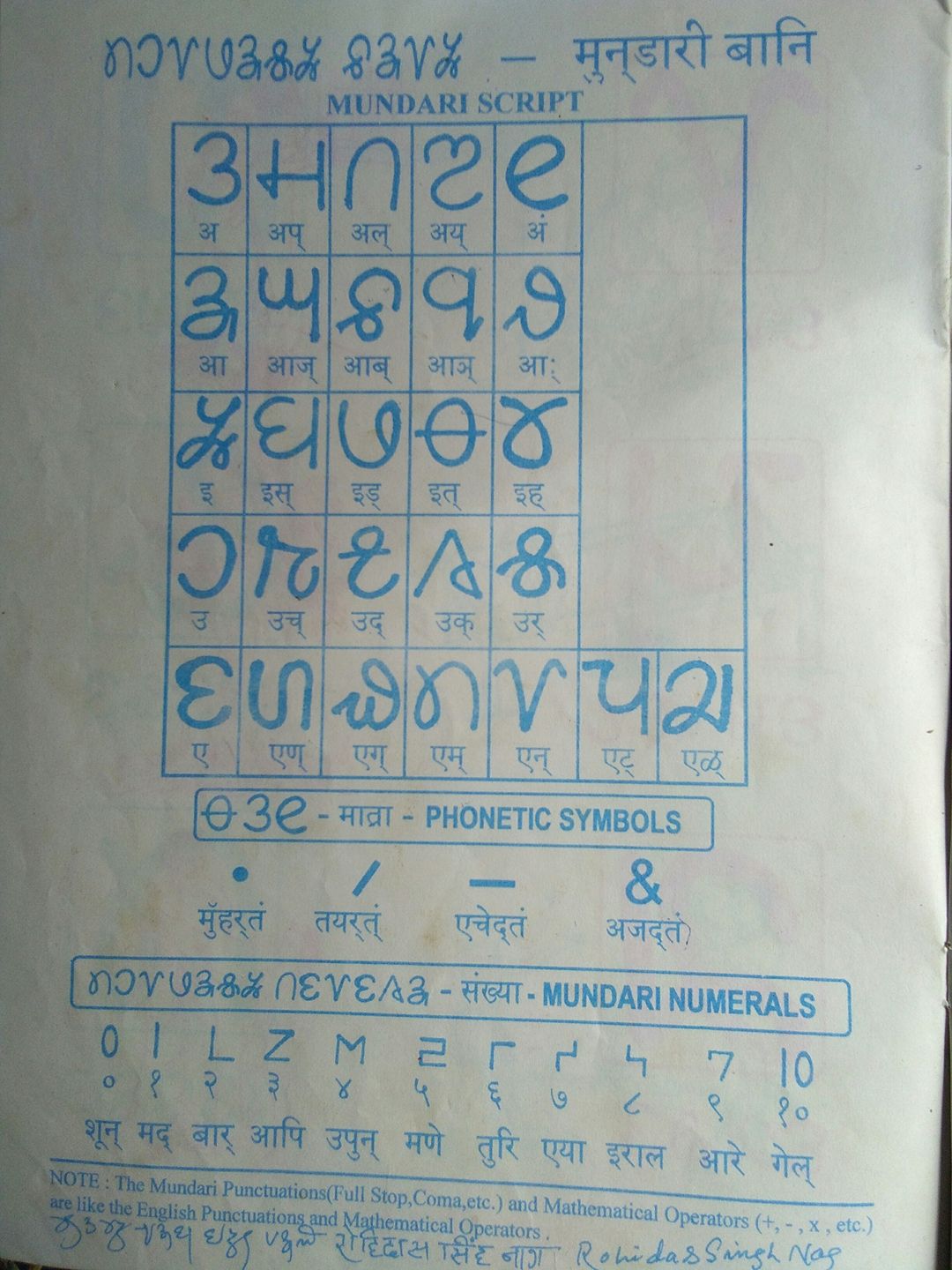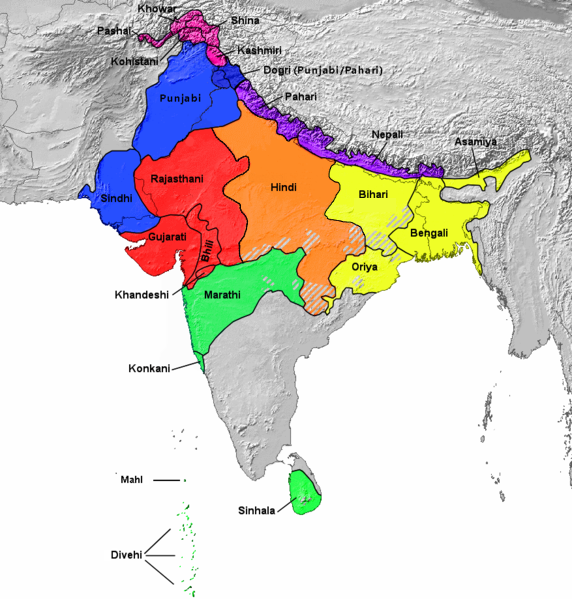|
Devanagri
Devanagari ( ; , , Sanskrit pronunciation: ), also called Nagari (),Kathleen Kuiper (2010), The Culture of India, New York: The Rosen Publishing Group, , page 83 is a left-to-right abugida (a type of segmental writing system), based on the ancient ''Brāhmī'' script, used in the northern Indian subcontinent. It was developed and in regular use by the 7th century CE. The Devanagari script, composed of 47 primary characters, including 14 vowels and 33 consonants, is the fourth most widely adopted writing system in the world, being used for over 120 languages.Devanagari (Nagari) , Script Features and Description, (2013), United States The |
Dogri Language
Dogri ( Name Dogra Akkhar: ; Devanagari: डोगरी; Nastaliq: ; ) is an Indo-Aryan language primarily spoken in the Jammu region of Jammu and Kashmir, India, with smaller groups of speakers in adjoining regions of western Himachal Pradesh, northern Punjab, and north-eastern Pakistani Punjab. It is the ethnic language of the Dogras, and was spoken in the historical region of Greater Duggar. Currently in Districts : Kathua, Jaamu, Samba, Udhampur, and Reasi, it is a majority language. Dogri is a member of the Western Pahari group of languages. Unusually for an Indo-European language, Dogri is tonal, a trait it shares with other Western Pahari languages and Punjabi. It has several varieties, all with greater than 80% lexical similarity (within Jammu and Kashmir). Dogri is spoken by 2.6 million people in India (as of the 2011 census). It has been among the country's 22 scheduled languages since 2003. It is also one of the 5 official languages of the union ter ... [...More Info...] [...Related Items...] OR: [Wikipedia] [Google] [Baidu] |
Garhwali Language
Garhwali (, , in native pronunciation) is an Indo-Aryan language of the Central Pahari subgroup. It is primarily spoken by over 2.5 million Garhwali people in the Garhwal region of the northern Indian state of Uttarakhand in the Indian Himalayas. Garhwali has a number of regional dialects. It is not an endangered language ('' Ethnologue'' lists it as "vigorous"), it is nonetheless designated as "vulnerable" in UNESCO's ''Atlas of the World's Languages in Danger'', which indicates that the language requires consistent conservation efforts. Geographical distribution Garhwali is spoken primarily by people in Tehri Garhwal, Pauri Garhwal, Uttarkashi, Chamoli, Rudraprayag and Dehradun districts of Garhwal division in the state of Uttarakhand. Garhwali is also spoken by Garhwali migrants to other parts of India including Himachal Pradesh, Delhi, Haryana, Punjab, Uttar Pradesh. According to various estimates, there are at least 3.5 million Garhwali migrants living ... [...More Info...] [...Related Items...] OR: [Wikipedia] [Google] [Baidu] |
Hindi
Hindi (Devanāgarī: or , ), or more precisely Modern Standard Hindi (Devanagari: ), is an Indo-Aryan languages, Indo-Aryan language spoken chiefly in the Hindi Belt region encompassing parts of North India, northern, Central India, central, East India, eastern, and Western India, western India. Hindi has been described as a standard language, standardised and Sanskrit#Influence on other languages, Sanskritised Register (sociolinguistics), register of the Hindustani language, which itself is based primarily on the Old Hindi, Khariboli dialect of Delhi and neighbouring areas of North India. Hindi, written in the Devanagari script, is one of the two official languages of the Government of India, along with Indian English, English. It is an languages with official status in India, official language in nine states and three union territory, union territories and an additional official language in three other states. Hindi is also one of the 22 languages with official status in ... [...More Info...] [...Related Items...] OR: [Wikipedia] [Google] [Baidu] |
Mundari Language
Mundari (Munɖari) is a Munda language of the Austroasiatic language family spoken by the Munda tribes in eastern Indian states of Jharkhand, Odisha and West Bengal. It is closely related to Santali. Mundari Bani, a script specifically to write Mundari, was invented by Rohidas Singh Nag. It has also been written in the Devanagari, Odia, Bengali, and Latin writing systems. History According to linguist Paul Sidwell (2018), Munda languages probably arrived on coast of Odisha from Indochina about 4000–3500 years ago and spread after Indo-Aryan migration to Odisha. Geographical distribution Mundari is spoken in the Ranchi, Khunti, Seraikela Kharsawan and West Singhbhum, East Singhbhum district of Jharkhand, and in the Mayurbhanj, Kendujhar, Baleshwar, Sundargarh district of Odisha by at least 1.1 million people. Another 500,000, mainly in Odisha and Assam, are recorded in the census as speaking "Munda," potentially another name for Mundari. Dialects Toshiki Osada ... [...More Info...] [...Related Items...] OR: [Wikipedia] [Google] [Baidu] |
Nagpuri Language
Nagpuri (also known as Sadri) is an Indo-Aryan language spoken in the Indian states of Jharkhand, Chhattisgarh, Odisha and Bihar. It is primarily spoken in the west and central Chota Nagpur plateau region. It is sometimes considered a dialect of Bhojpuri. It is native language of the Sadan, the Indo-Aryan ethnic group of Chota Nagpur plateau. In addition to native speakers, it is also used as lingua franca by many tribal groups such as Kurukh, a Dravidian ethnic group and Kharia, Munda, the Austro-asiatic ethnic groups and a number of speakers of these tribal groups have adopted it as their first language. It is also used as a lingua franca among Tea-garden community of Assam, West Bengal and Bangladesh who were taken as a labourers to work in tea gardens during British Period. It is known as Baganiya bhasa in tea garden area of Assam which is influenced by Assamese language. According to the 2011 Census, It is spoken by 5.1 million people as first language. Aroun ... [...More Info...] [...Related Items...] OR: [Wikipedia] [Google] [Baidu] |
Newar Language
Newar (), or Newari and known officially in Nepal as Nepal Bhasa, is a Sino-Tibetan language spoken by the Newar people, the indigenous inhabitants of Nepal Mandala, which consists of the Kathmandu Valley and surrounding regions in Nepal. "Nepal Bhasa" literally means "Nepalese language", however the language is not the same as Nepali (Devanāgarī: नेपाली), the country's current official language of the central government. The two languages belong to different language families (Sino-Tibetan and Indo-European, respectively), but centuries of contact have resulted in a significant body of shared vocabulary. Newar was Nepal's administrative language from the 14th to the late 18th century. From the early 20th century until democratisation, Newar suffered from official suppression. From 1952 to 1991, the percentage of Newar speakers in the Kathmandu Valley dropped from 75% to 44% and today Newar culture and language are under threat. The language has been l ... [...More Info...] [...Related Items...] OR: [Wikipedia] [Google] [Baidu] |
Nepali Language
Nepali (; , ) is an Indo-Aryan language native to the Himalayas region of South Asia. It is the official, and most widely spoken, language of Nepal, where it also serves as a '' lingua franca''. Nepali has official status in the Indian state of Sikkim and in the Gorkhaland Territorial Administration of West Bengal. It is spoken by about a quarter of Bhutan's population. Nepali also has a significant number of speakers in the states of Arunachal Pradesh, Assam, Himachal Pradesh, Manipur, Meghalaya, Mizoram and Uttarakhand. In Myanmar it is spoken by the Burmese Gurkhas. The Nepali diaspora in the Middle East, Brunei, Australia and worldwide also use the language. Nepali is spoken by approximately 16 million native speakers and another 9 million as a second language. Nepali is commonly classified within the Eastern Pahari group of the Northern zone of Indo-Aryan. The language originated from the Sinja Valley, Karnali Province then the capital city of the Khasa Ki ... [...More Info...] [...Related Items...] OR: [Wikipedia] [Google] [Baidu] |
Abugida
An abugida (, from Ge'ez language, Ge'ez: ), sometimes known as alphasyllabary, neosyllabary or pseudo-alphabet, is a segmental Writing systems#Segmental writing system, writing system in which consonant-vowel sequences are written as units; each unit is based on a consonant letter, and vowel notation is secondary. This contrasts with a full alphabet, in which vowels have status equal to consonants, and with an abjad, in which vowel marking is absent, Abjad#Impure abjads, partial, or optional (although in less formal contexts, all three types of script may be termed alphabets). The terms also contrast them with a syllabary, in which the symbols cannot be split into separate consonants and vowels. Related concepts were introduced independently in 1948 by James Germain Février (using the term ) and David Diringer (using the term ''semisyllabary''), then in 1959 by Fred Householder (introducing the term ''pseudo-alphabet''). The Ethiopian Semitic languages, Ethiopic term "abugi ... [...More Info...] [...Related Items...] OR: [Wikipedia] [Google] [Baidu] |
Pali
Pali () is a Middle Indo-Aryan liturgical language native to the Indian subcontinent. It is widely studied because it is the language of the Buddhist '' Pāli Canon'' or '' Tipiṭaka'' as well as the sacred language of '' Theravāda'' Buddhism.Stargardt, Janice. ''Tracing Thoughts Through Things: The Oldest Pali Texts and the Early Buddhist Archaeology of India and Burma.'', Royal Netherlands Academy of Arts and Sciences, 2000, page 25. Early in the language's history, it was written in the Brahmi script. Origin and development Etymology The word 'Pali' is used as a name for the language of the Theravada canon. The word seems to have its origins in commentarial traditions, wherein the (in the sense of the line of original text quoted) was distinguished from the commentary or vernacular translation that followed it in the manuscript. K. R. Norman suggests that its emergence was based on a misunderstanding of the compound , with being interpreted as the name of a particu ... [...More Info...] [...Related Items...] OR: [Wikipedia] [Google] [Baidu] |
Marathi Language
Marathi (; ''Marāṭhī'', ) is an Indo-Aryan language predominantly spoken by Marathi people in the Indian state of Maharashtra. It is the official language of Maharashtra, and additional official language in the state of Goa. It is one of the 22 scheduled languages of India, with 83 million speakers as of 2011. Marathi ranks 11th in the list of languages with most native speakers in the world. Marathi has the third largest number of native speakers in India, after Hindi and Bengali. The language has some of the oldest literature of all modern Indian languages. The major dialects of Marathi are Standard Marathi and the Varhadi dialect. Marathi distinguishes inclusive and exclusive forms of 'we' and possesses a three-way gender system, that features the neuter in addition to the masculine and the feminine. In its phonology, it contrasts apico-alveolar with alveopalatal affricates and alveolar with retroflex laterals ( and (Marathi letters and respectively). H ... [...More Info...] [...Related Items...] OR: [Wikipedia] [Google] [Baidu] |
Pahari Languages
The Northern Indo-Aryan languages, also known as Pahāṛi languages, are a proposed group of Indo-Aryan languages spoken in the lower ranges of the Himalayas, from Nepal in the east, through the Indian states of Jammu and Kashmir, Uttarakhand, Himachal Pradesh and Punjab(not to be confused with the various other languages with that name) was coined by G. A. Grierson. Classification The Pahari languages fall into three groups. Eastern Pahari *Nepali is spoken by an estimated 11,100,000 people in Nepal, 265,000 people in Bhutan, and 2,500,000 people in India. It is an official language in Nepal and India. *Jumli is spoken by an estimated 40,000 people in the Karnali zone of Nepal. * Doteli spoken by an estimated 1 million people in far west Nepal. It is considered by many to be a dialect of Nepali, according to some scholars (e.g., Rahul Sankrityayan), a dialect of Kumaoni, but the Nepalese Language Commission considers it a separate language. Central Pahari * Kumaoni ... [...More Info...] [...Related Items...] OR: [Wikipedia] [Google] [Baidu] |









